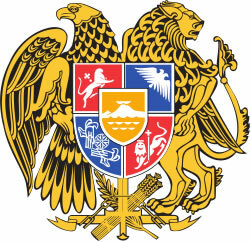Corrosion of metals is a natural process in which the metal is deteriorated through oxidation-reduction reactions between it and natural agents, mainly oxygen in the air.
This process causes great economic and social damage, as it causes damage to the structures of buildings, cars, bridges, ships, etc. In addition to people losing some of their material possessions, it becomes necessary for industry to produce more of these metals just to replace those that have been damaged. For example, in the case of iron, rust causes the loss of billions of dollars worldwide; 20% of iron is produced for replacement.
Corrosion occurs because metals, with the exception of gold and platinum, have greater oxidation potentials than oxygen. In this way, they lose electrons to oxygen in the air. See how this happens, for example, in iron rust, especially in humid places, such as on the coast:
Anode: 2 Fe(s) → 2Fe2+ + 4e-
Cathode: The2 + 2 H2O + 4e- → 4 OH-____
Overall reaction: 2 Fe + O2 + 2 H2O → 2 Fe(OH)2
Note that iron is oxidized, losing two electrons each and another factor is the presence of water. It speeds up the corrosion process because in its presence ions are formed that better conduct electrons. Subsequently, Fe(OH)
2 is oxidized forming rust: Fe(OH)3 or Fe2O3.3H2O.
By Jennifer Fogaça
Graduated in Chemistry
Brazil School Team
Source: Brazil School - https://brasilescola.uol.com.br/quimica/corrosao-dos-metais.htm

